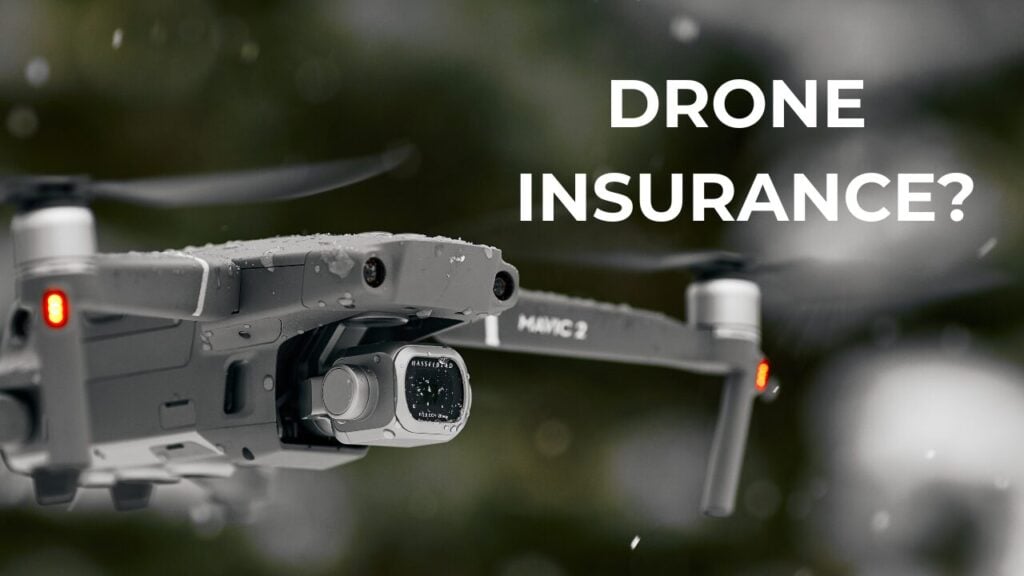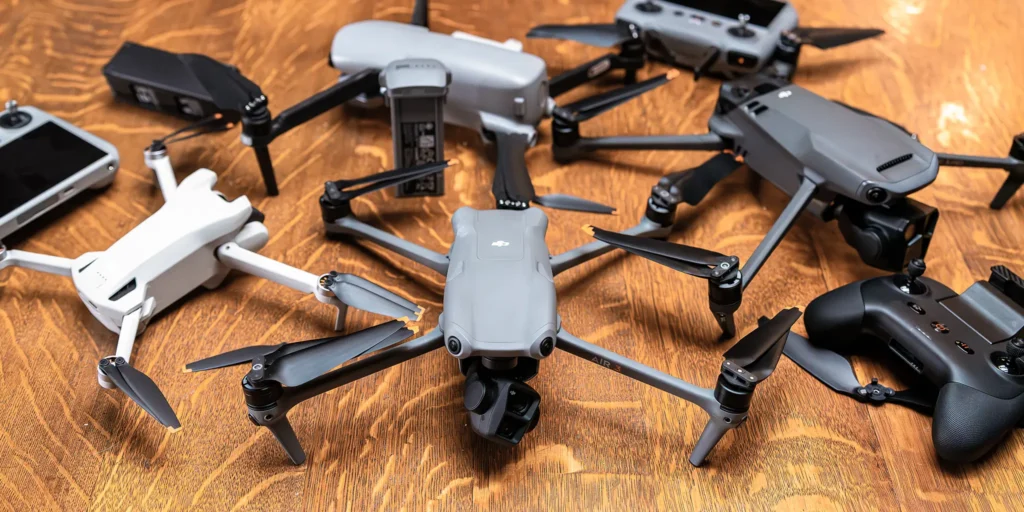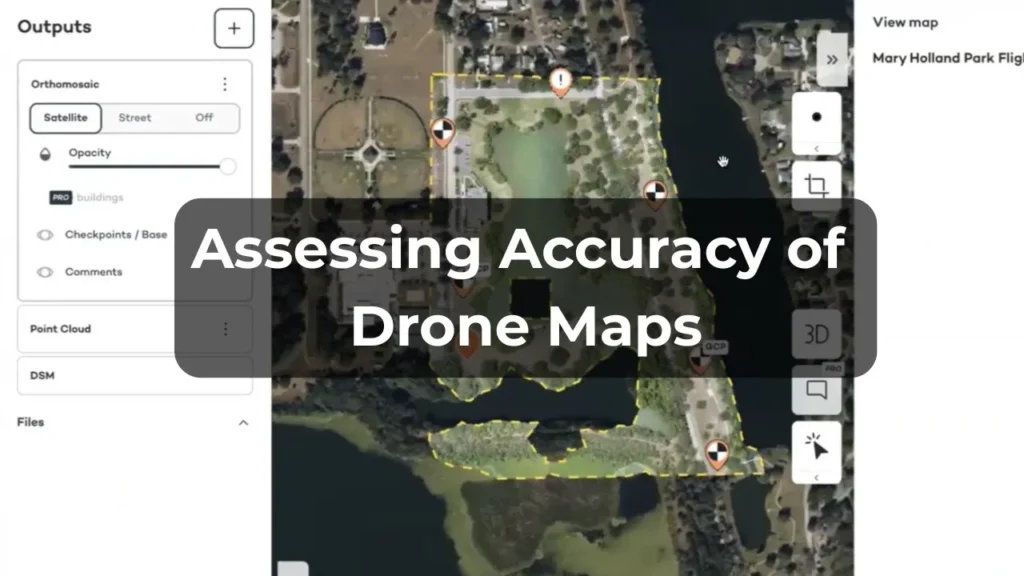
Two executive orders signed on June 6th could change the drone industry in big ways.
They promise to speed up long-awaited rule changes while making security tighter around important facilities. We are hopeful about some parts but still not sure whether the aggressive timelines will actually happen.
Making Security Tighter Around Important Facilities
The first order, “Restoring American Airspace Sovereignty,” focuses on protecting sensitive sites from unwanted drone activity.
While current rules already restrict operations around military bases, nuclear plants, and prisons, the new measures aim to close loopholes that allowed certain workarounds.
Before, drone operators could argue that as long as they didn’t take off or land in restricted areas, they could fly through them. This created gray areas, especially around important facilities where low-flying drones could pose security risks that regular aircraft rules didn’t cover.
The order tells the FAA to create new rules through a formal process, specifically targeting “fixed site facilities” and critical infrastructure. Critical infrastructure means assets “so vital to the United States that damage or destruction would seriously hurt security, the economy, public health or safety.”
Key enforcement changes include:
- Department of Justice partnering with FAA on violations
- Targeting operators who endanger public safety
- Cracking down on airspace restriction violations
- Addressing unlicensed operators who previously faced few consequences
The measures also prepare for major events, specifically calling out the 2026 World Cup and 2028 Summer Olympics as requiring enhanced counter-drone capabilities.
Beyond Visual Line of Sight Operations
The second order, “Unleashing American Drone Dominance,” contains what many consider the most significant development for commercial drone operations.
Section four mandates that the FAA issue proposed rules for routine beyond visual line of sight (BVLOS) operations within 30 days, with final rules published within 240 days.
BVLOS operations represent a major expansion of commercial drone capabilities, enabling everything from long-distance asset inspections of pipelines and power lines to drone delivery services. Currently, operators must obtain special waivers for such operations, a time-consuming process that limits widespread adoption.
Supporting the BVLOS push, the order requires the FAA to establish clear safety metrics within 30 days and identify regulatory barriers within six months.
Supply Chain Security
Perhaps the most watched aspect of the orders involves supply chain security, particularly regarding Chinese drone manufacturers like DJI.
The language has shifted from previous concerns about data security to broader supply chain control issues.
The timeline for supply chain security measures includes:
- 30 days: Federal Acquisition Security Council publishes “covered foreign entity list”
- 90 days: Commerce Department takes action on supply chain security
- Actions may include investigations and proposed rules against “foreign control or exploitation”
This approach differs from the previous National Defense Authorization Act provision that would have automatically banned certain companies unless specific federal agencies conducted security assessments.
That earlier provision was criticized for not assigning clear responsibility, potentially leading to automatic bans by default.
The current orders remain vague about specific criteria for determining supply chain risks, leaving uncertainty about how companies like DJI might be affected. However, the shorter timelines mean clearer answers should emerge within months rather than waiting until the end of the year.
Building American Alternatives
Recognizing that potential restrictions on foreign manufacturers could leave gaps in the market, the orders emphasize building domestic drone capabilities.
Section eight outlines various support mechanisms for American manufacturers:
- Direct loans and loan guarantees
- Equity investments and co-financing
- Political risk insurance and credit guarantees
- Technical assistance and feasibility studies
- Market access facilitation
This addresses a persistent industry challenge: when asked about American alternatives to popular Chinese drones, experts often struggle to identify comparable options in similar price ranges. While enterprise-level American systems exist, they typically cost significantly more than consumer and prosumer options from foreign manufacturers.
The gap is particularly pronounced in the $500-$4,000 range where many commercial operators and small businesses find their sweet spot for cost-effective drone solutions.
Taking all of this into consideration, we can express cautious optimism about the orders while maintaining realistic expectations about implementation.
The federal rulemaking process is notoriously slow, and aggressive timelines often face delays once they encounter bureaucratic realities.
For operators currently using equipment from Chinese manufacturers, we suggest that those with immediate commercial needs shouldn’t delay investments while waiting for regulatory clarity.
Government contracts represent the primary area where such restrictions currently apply, and those typically provide sufficient lead time and budget to accommodate equipment changes if needed.
The orders represent the most comprehensive drone policy initiative in recent years, with potential to significantly accelerate industry development if successfully implemented. We will be watching closely to see whether ambitious timelines translate into actual regulatory progress.
Article By:
Share this post


